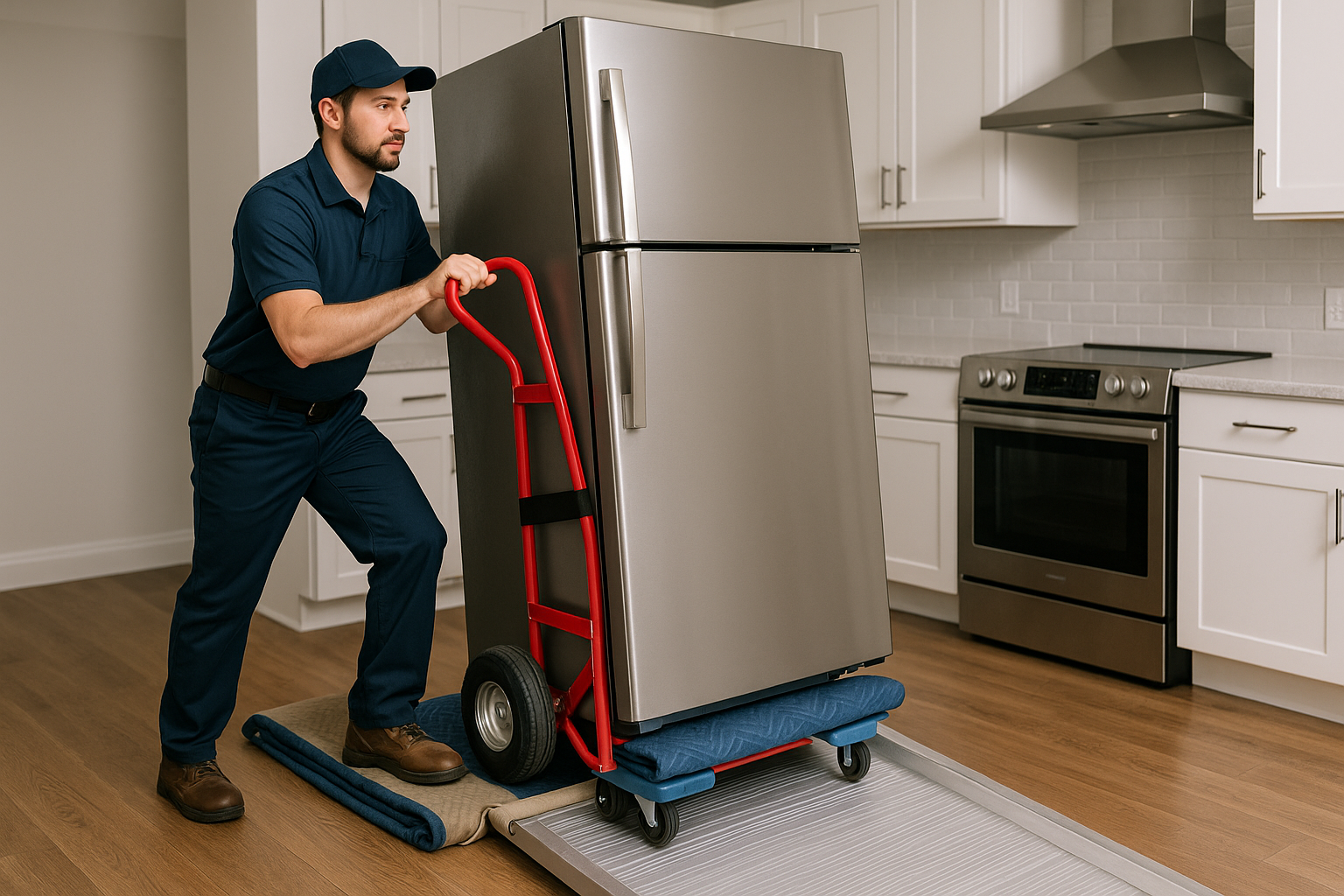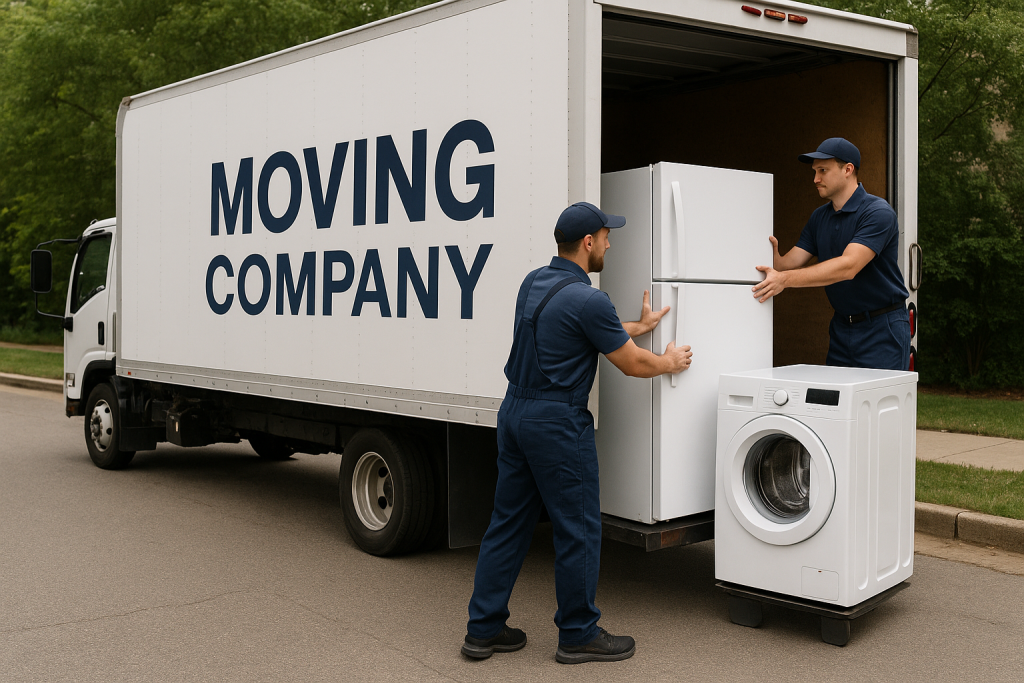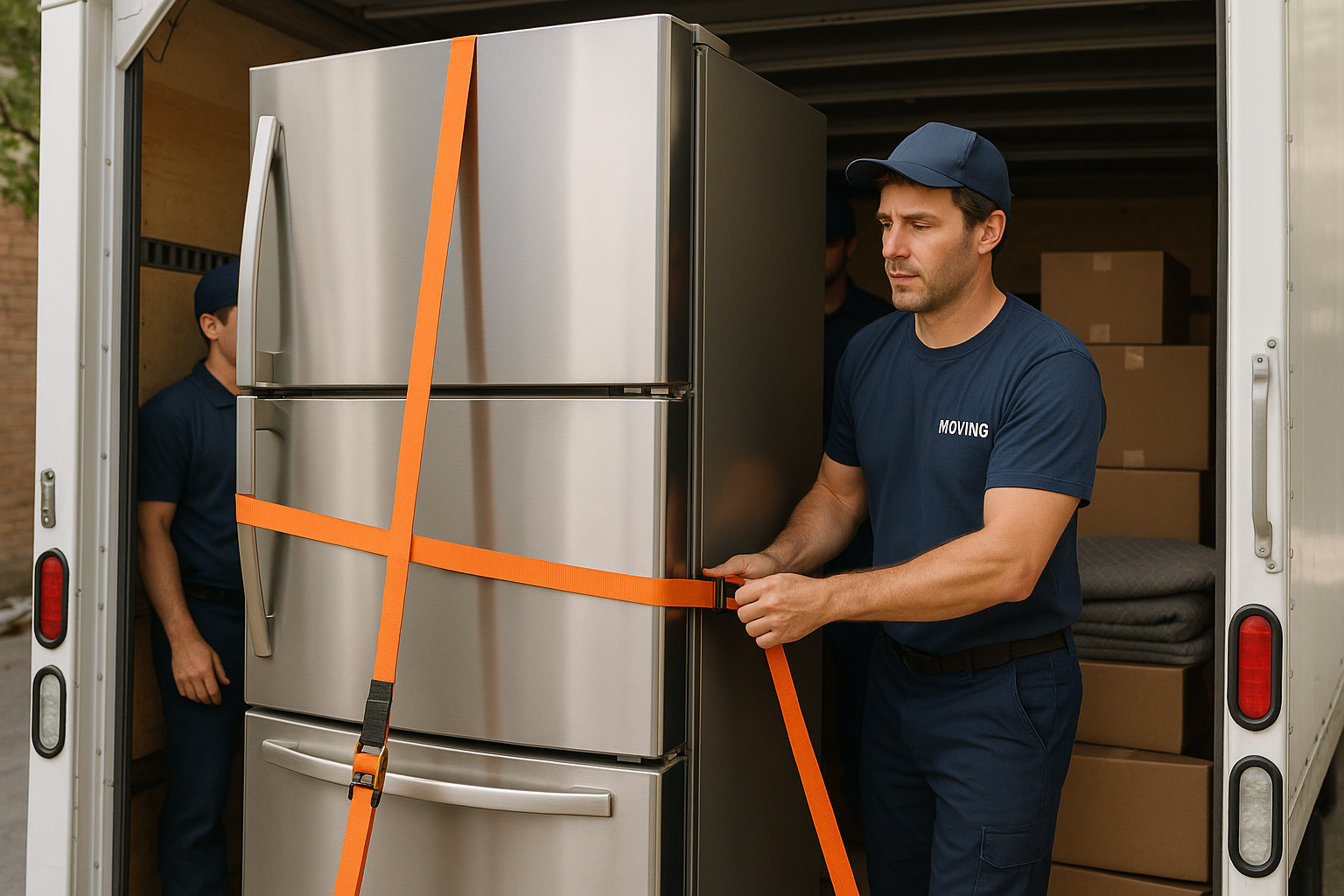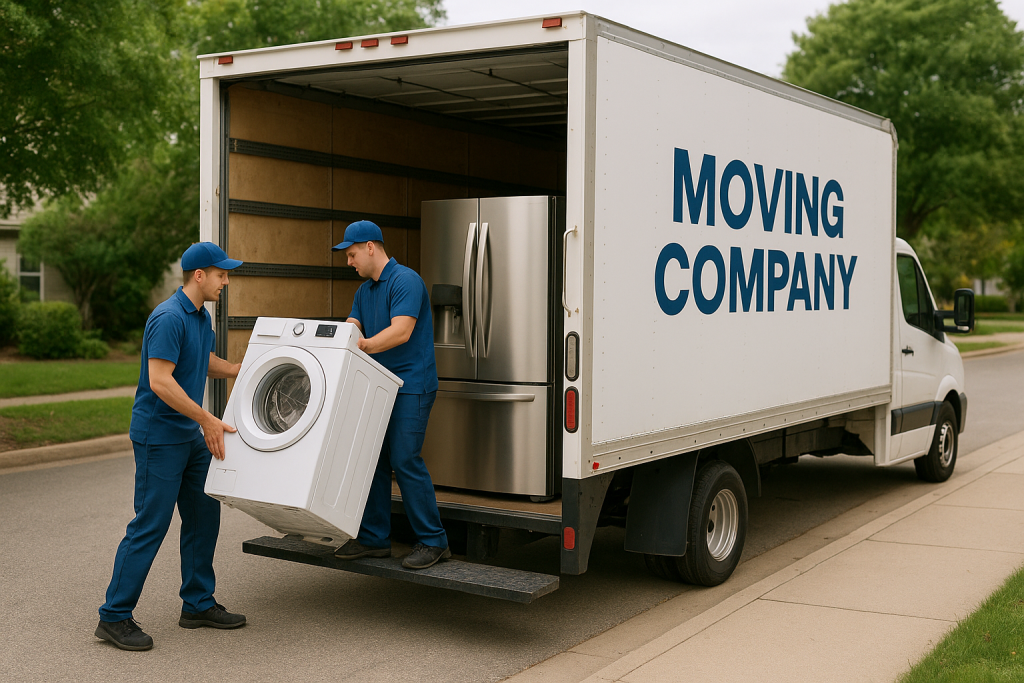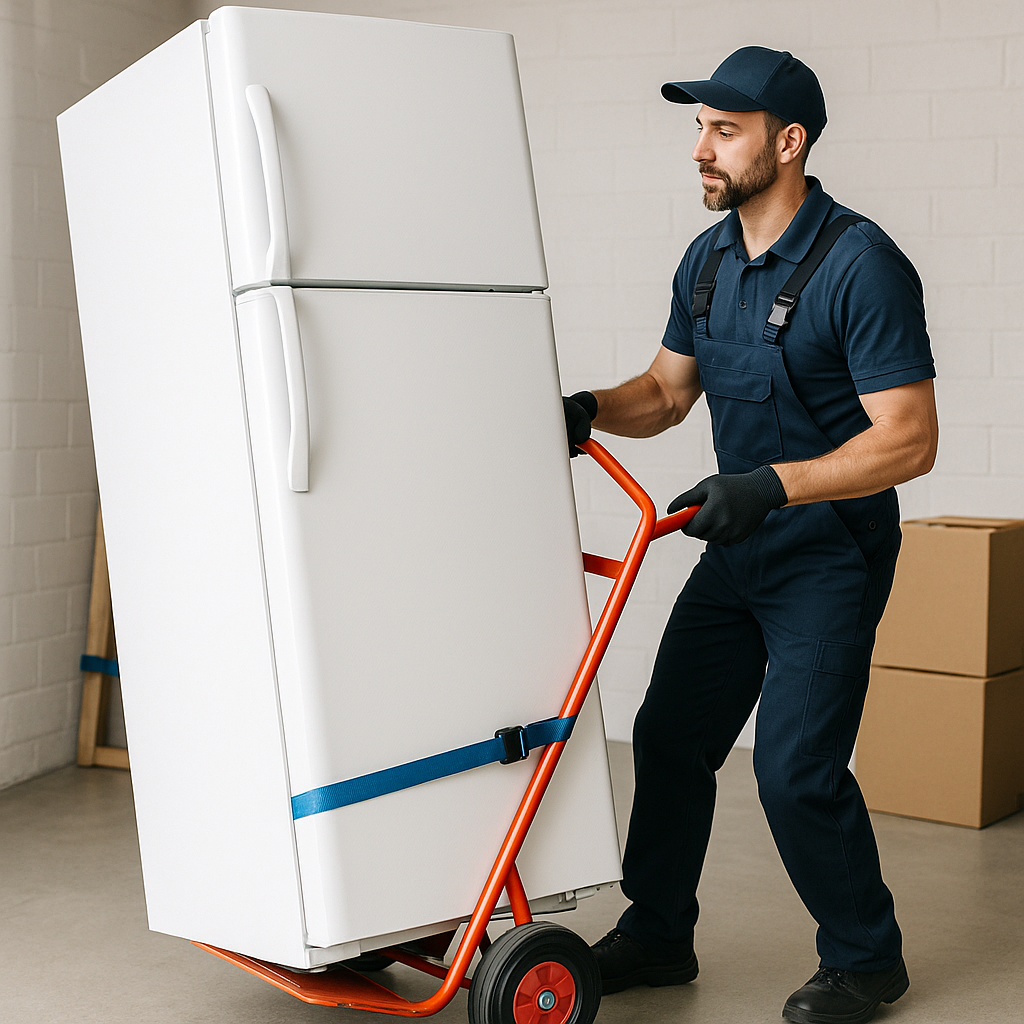Moving from Michigan to Texas is a significant life change. Whether you are relocating for work, family, or a lifestyle change, planning is key. Using professional movers and a reliable moving company can make your relocation easier, safer, and faster.
Why Michigan Residents Are Moving to Texas
Many Michiganders move south for the following reasons:
- Better Job Opportunities: Texas cities such as Austin, Dallas, and Houston have thriving job markets.
- Warmer Climate: Enjoy mild winters and more sunny days compared to Michigan.
- Lower Cost of Living: Housing, taxes, and everyday expenses can be more affordable.
- Lifestyle & Family: Better schools, recreational options, and family-friendly communities.
While Texas is attractive, a long-distance move like this requires careful preparation and support from moving services.
How to Choose the Best Moving Company
Selecting the right moving company is crucial for a smooth relocation. Consider these tips:
- Read Online Reviews: Check platforms like Google, Yelp, and social media for authentic experiences.
- Request Multiple Quotes: Compare costs and services offered by different movers.
- Verify Credentials: Ensure the company is licensed, insured, and experienced in long-distance moves.
- Ask About Experience: A company familiar with moving from Michigan to Texas will be more reliable.
- Check Additional Services: Packing, storage, and vehicle transport can make your move easier.
Choosing a professional moving service ensures safety, speed, and peace of mind.
Step-by-Step Guide to a Smooth Move

A well-organized plan makes relocation easier. Follow these steps:
- Start Early: Begin planning and packing at least six to eight weeks before your moving day.
- Declutter: Sell, donate, or recycle items you no longer need.
- Room-by-Room Packing: Makes unpacking easier and more organized.
- Label Boxes Clearly: Include contents and room destination.
- Pack Essentials Separately: Keep important documents, medications, and daily essentials within easy reach.
- Confirm Schedule: Double-check moving dates, routes, and arrival times with your moving service.
- Prepare Kids & Pets: Ensure comfort and safety during transit.
Professional movers can handle packing, loading, transporting, and unloading, making your move faster and less stressful.
Benefits of Hiring Professional Movers
Moving yourself may save money initially, but hiring professional movers has significant advantages:
- Safety: Experts handle heavy and fragile items carefully.
- Efficiency: Professional teams load, transport, and unload quickly.
- Insurance: Protects your belongings during transit.
- Stress Reduction: Focus on settling in rather than logistics.
- Proper Equipment: Movers provide dollies, trucks, and packing materials to ensure a smooth move.
A reliable moving company ensures your Michigan to Texas relocation is efficient, secure, and stress-free.
Common Challenges During Long-Distance Moves
Even with professional help, challenges may arise:
- Weather delays or road issues
- Packing delicate items
- Coordinating delivery and home readiness
- Temporary storage needs
Experienced moving services plan for these obstacles and offer solutions to ensure a smooth move.
Packing Tips for a Safe Move
Proper packing protects your belongings:
- Use Strong Boxes: Select sizes that are suitable for both heavy and light items.
- Wrap Fragile Items: Use bubble wrap, packing paper, or blankets to protect them from damage.
- Pack Room by Room: Keeps items organized.
- Label Clearly: Include contents and room destination on each box.
- Keep Valuables Separate: Always carry important documents, electronics, and jewelry with you.
Some moving companies provide full-service packing to save you time and effort.
Extra Tips for a Hassle-Free Move
- Transfer Utilities: Cancel or transfer water, gas, electricity, and internet services.
- Change Your Address: Notify banks, subscriptions, and postal services.
- Plan Travel: Decide whether to drive or fly to Texas.
- Vehicle Transport: Hire a service if you’re unable to drive your car.
- Research Your New City: Find schools, hospitals, grocery stores, and other essentials.
- Create a Moving Binder: Track receipts, inventories, and essential documents to keep everything organized and easily accessible.
Following these tips ensures a smooth and organized relocation.
Cost Considerations for Michigan to Texas Moves
Moving costs depend on:
- Distance & Route: Longer moves generally cost more.
- Weight of Items: Heavier loads may need larger trucks.
- Moving Services Chosen: Full-service options cost more but reduce stress.
- Season & Timing: Rates may increase during summer or on weekends.
- Additional Services: Packing, storage, or vehicle transport may incur extra costs.
Hiring professional movers may seem expensive, but it prevents damage, delays, and stress, ultimately saving money in the long run.
FAQs About Moving from Michigan to Texas
Q1: How long does a Michigan to Texas move take?
A: Typically 3–7 days depending on distance, traffic, and weather.
Q2: How much does it cost?
A: Average prices range from $3,000 to $7,000, depending on distance, weight, and services.
Q3: Should I hire professional movers?
A: Yes, long-distance moves are safer and faster with professional movers.
Q4: Can movers handle fragile items?
A: Yes, experienced moving services pack and transport fragile items safely.
Q5: When should I start planning?
A: Start at least 6–8 weeks before your moving date.
Q6: Do moving companies provide storage?
A: Many moving companies offer temporary storage options.
Q7: Are packing supplies provided?
A: Full-service moving services often provide boxes, bubble wrap, tape, and other packing materials.
Q8: How can I save money on my move?
A: Declutter before packing, compare quotes, and avoid peak moving seasons.
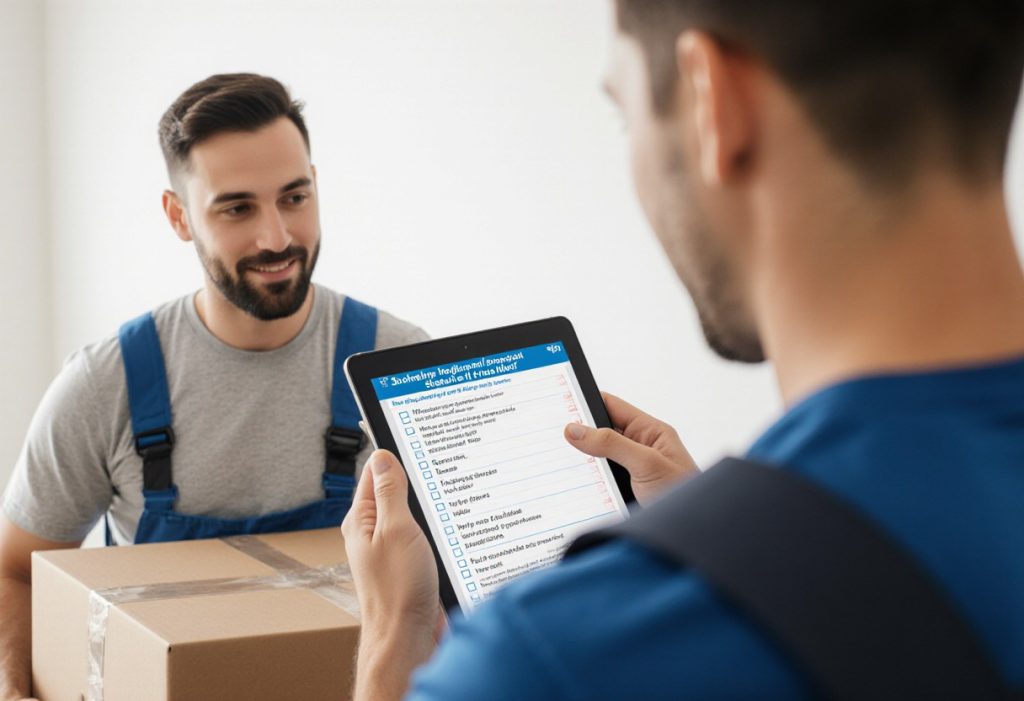
Moving from Michigan to Texas can be an exciting adventure when done right. Careful planning, hiring experienced professional movers, and following expert tips ensure your relocation is smooth, safe, and stress-free. Choosing the right moving company, organizing your packing, and preparing for travel and logistics lets you enjoy your new home in Texas with confidence.
BuzzMoving brings trusted movers right to your fingertips. From careful packing to prompt delivery, enjoy a smooth moving experience. Request your free quote today.

